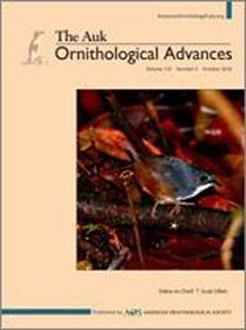Avian vision is fundamentally different from human vision; however, even within birds there are substantial between-species differences in visual perception in terms of visual acuity, visual coverage, and color vision. However, there are not many species that have all these visual traits described, which can constrain our ability to study the evolution of visual systems in birds. To start addressing this gap, we characterized multiple traits of the visual system (visual coverage, visual acuity, centers of acute vision, and color vision) of the Red-winged Blackbird (Agelaius phoeniceus), one of the most abundant and studied birds in North America. We found that Red-winged Blackbirds have: wide visual coverage; one center of acute vision per eye (fovea) projecting fronto-laterally with high density of single and double cones, making it the center of both chromatic and achromatic vision; a wide binocular field that does not have the input of the centers of acute vision; and an ultraviolet sensitive visual system. With this information, we parameterized a Red-winged Blackbird-specific perceptual model considering different plumage patches. We found that the male red epaulet was chromatically conspicuous but with minimal achromatic signal, but the male yellow patch had a lower chromatic but a higher achromatic signal, which may be explained by the pigment composition of the feathers. However, the female epaulet was not visually conspicuous in both the chromatic and achromatic dimensions compared with other female feather patches. We discuss the implications of this visual system configuration relative to the foraging, antipredator, mate choice, and social behaviors of Red-winged Blackbirds. Our findings can be used for comparative studies as well as for making more species-specific predictions about different visual behaviors for future empirical testing.
How to translate text using browser tools
13 August 2019
Vision in an abundant North American bird: The Red-winged Blackbird
Esteban Fernández-Juricic,
Patrice E. Baumhardt,
Luke P. Tyrrell,
Amanda Elmore,
Shelagh T. DeLiberto,
Scott J. Werner
ACCESS THE FULL ARTICLE
<
Previous Article
|

The Auk
Vol. 136 • No. 3
June 2019
Vol. 136 • No. 3
June 2019
Agelaius phoeniceus
binocular vision
Color vision
ultraviolet-sensitive
visual field




